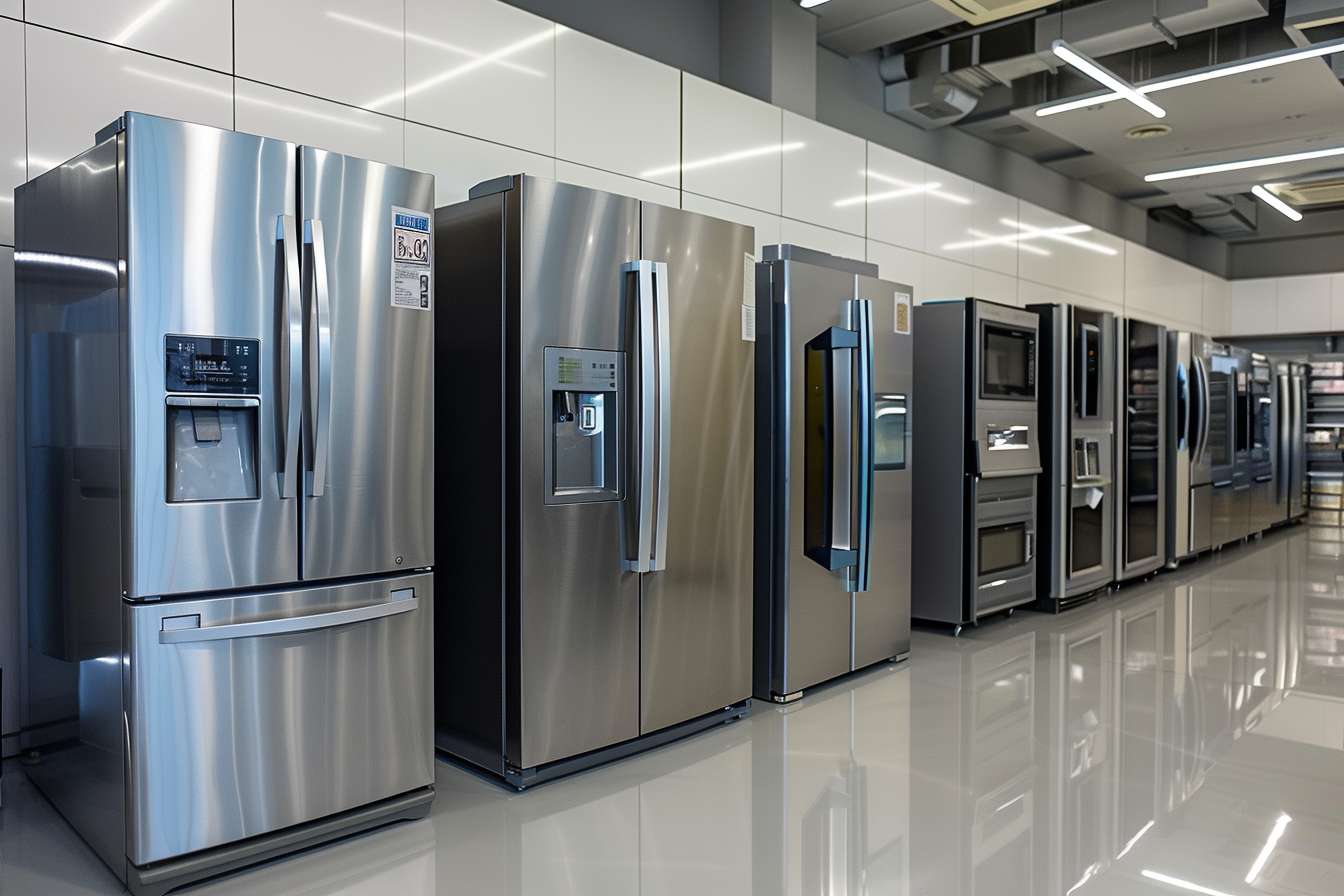Used Refrigerator Buying Guide for Smart Shoppers
Purchasing a used refrigerator can be an excellent way to save money while still getting a reliable appliance for your home. The second-hand appliance market offers numerous opportunities for budget-conscious consumers, but knowing what to look for and how to evaluate your options is essential for making a smart purchase decision.

Overview of Buying and Using Used Refrigerators
The used refrigerator market provides access to quality appliances at significantly reduced prices compared to new models. Many used refrigerators come from homeowners upgrading their kitchens, rental property turnovers, or appliance stores selling floor models. When buying used, you can often find models that are only a few years old with plenty of remaining lifespan. The key is understanding where to shop, whether through online marketplaces, appliance stores specializing in used goods, estate sales, or classified advertisements. Successfully navigating this market requires patience and thorough research to ensure you get a refrigerator that meets your needs and budget.
Advantages of Purchasing Second-Hand Appliances
Second-hand appliances offer several compelling benefits beyond the obvious cost savings. Environmental sustainability represents a major advantage, as purchasing used appliances extends their lifecycle and reduces waste in landfills. The immediate availability of used refrigerators means you can often take your purchase home the same day, unlike new appliances that may require waiting for delivery. Additionally, used appliances have already undergone their initial depreciation, meaning they retain their value better than new purchases. Many used refrigerators are from premium brands that might otherwise be outside your budget when purchased new. The variety available in the used market also allows you to find discontinued models or specific features that may no longer be available in current production lines.
How to Inspect a Used Refrigerator Before Purchase
Thorough inspection is crucial when evaluating a used refrigerator. Start by examining the exterior for dents, scratches, and rust, which can indicate how well the appliance has been maintained. Check the door seals by running your hand around the perimeter to feel for air leaks, as damaged seals reduce efficiency and increase energy costs. Inside the refrigerator, look for cracks in shelves, missing parts, and signs of excessive wear or poor cleaning. Test all functions, including temperature controls, lights, ice makers, and water dispensers if present. Listen for unusual noises when the compressor runs, as grinding or loud humming can indicate mechanical problems. Measure the refrigerator dimensions and ensure it will fit in your designated space, including clearance for door opening and ventilation requirements.
Warranty and Return Options When Buying Second-Hand
Warranty coverage varies significantly depending on where you purchase your used refrigerator. Established used appliance dealers often provide limited warranties ranging from 30 to 90 days, covering major component failures but not cosmetic issues. Some manufacturers honor remaining original warranties if you can provide proof of original purchase date, though this varies by brand and specific warranty terms. Private party sales typically offer no warranty protection, making thorough inspection even more critical. Before finalizing any purchase, clarify the return policy and get any warranty terms in writing. Consider purchasing from dealers who offer some form of guarantee, even if it costs slightly more, as this protection can save significant money if problems arise shortly after purchase.
Cost Analysis and Market Comparison
Understanding the used refrigerator market helps you make informed purchasing decisions. Prices typically range from 40-70% less than comparable new models, depending on age, condition, and brand reputation. Popular brands like Whirlpool, GE, and Frigidaire maintain better resale values due to their reliability and parts availability.
| Brand/Model Type | Typical Age Range | Price Range | Key Features |
|---|---|---|---|
| Standard Top-Freezer | 3-8 years | $200-$500 | Basic cooling, energy efficient |
| Side-by-Side | 2-6 years | $400-$800 | Water/ice dispensers, larger capacity |
| French Door | 1-5 years | $600-$1,200 | Premium features, bottom freezer |
| Compact/Apartment | 2-10 years | $100-$300 | Space-saving, basic functionality |
Prices, rates, or cost estimates mentioned in this article are based on the latest available information but may change over time. Independent research is advised before making financial decisions.
Long-Term Value Considerations
Evaluating the cost versus long-term value of used refrigerators requires considering multiple factors beyond the initial purchase price. Energy efficiency ratings affect monthly utility costs, with older models potentially consuming significantly more electricity than newer, Energy Star certified units. Factor in potential repair costs, as older appliances may require maintenance sooner than newer ones. Research the availability and cost of replacement parts for your chosen model, as some brands offer better long-term support than others. Consider the appliance’s expected remaining lifespan versus your intended use period. A well-maintained five-year-old refrigerator from a quality manufacturer can provide many years of reliable service, making it an excellent value proposition compared to the full price of a new equivalent model.
Purchasing a used refrigerator can provide excellent value when approached with proper knowledge and preparation. By understanding market dynamics, conducting thorough inspections, and considering long-term costs alongside initial savings, you can find a reliable appliance that serves your needs for years to come. The key lies in balancing cost savings with quality and ensuring you have adequate protection through warranties or return policies when possible.




